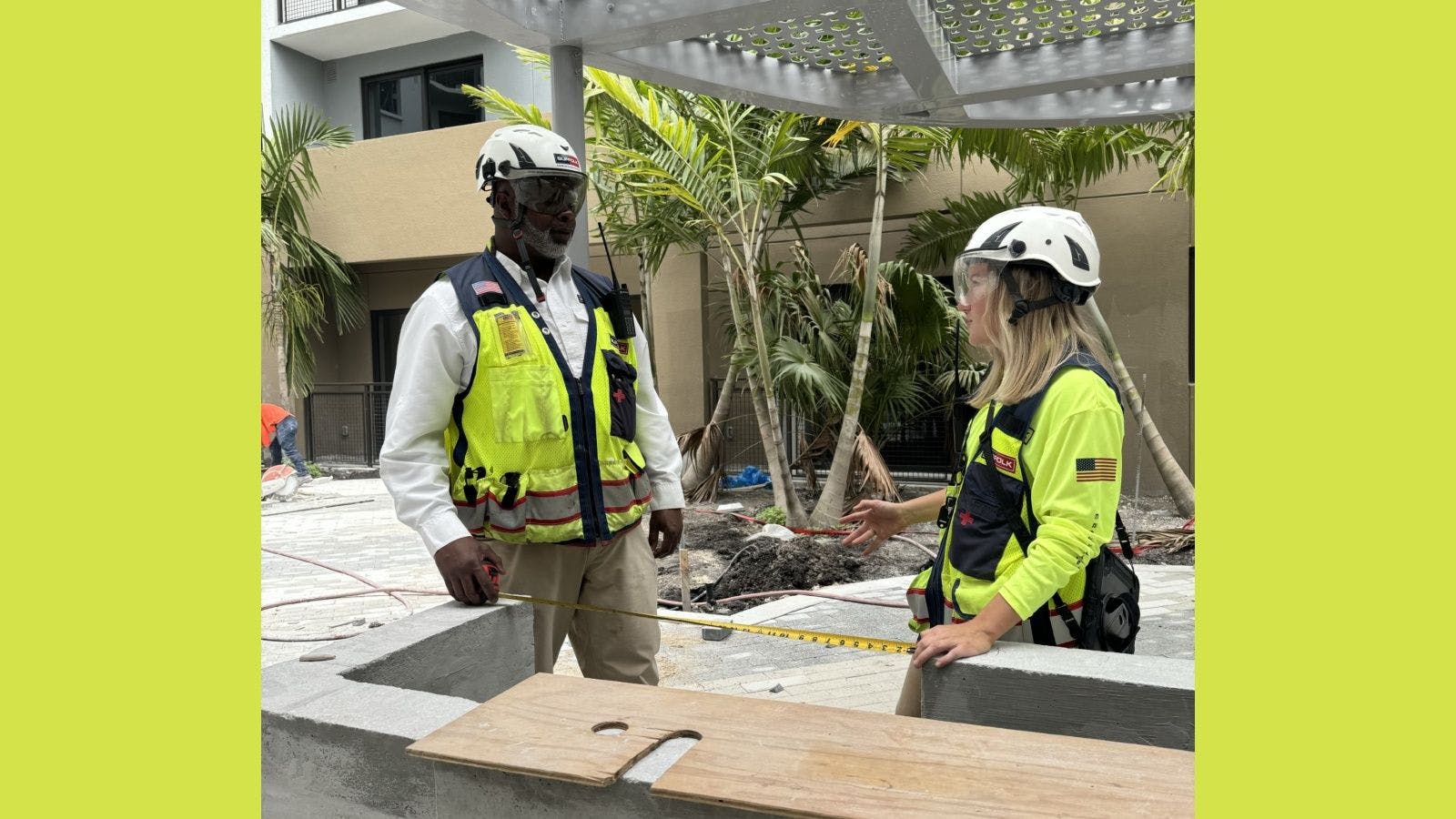
Barriers That Are Hurting Your Hiring and Recruitment Efforts
Over the past decade, the construction industry has expanded its workforce by tapping into new segments of workers to find much needed talent. For example, women have seen steady employment gains in recent years. The number of women working in construction grew from 802,000 to 1.2 million between 2012 and 2020. Additionally, a record number of women worked in trades jobs in 2022.
Despite the progress, minority groups remain underrepresented in the industry. This is where the work of traditional diversity programs has mostly focused. Overcoming issues related to gender, race and ethnicity continues to be a priority, but there’s more work to be done.
As construction companies grapple with a dwindling workforce and stringent talent pool, they need to consider other types of entry, retention and advancement challenges that prospective and current workers may be facing. Understanding some of these overlooked barriers can help owners and hiring managers gain access to vital talent and keep them long-term.
Traditional hiring practices that work for most or many job candidates may create unintended barriers that dissuade underserved populations from considering trades jobs. Employers must adapt to address challenges they may not have considered, including the following.
TRANSPORT
Not every person has a driver's license or owns a car, and securing reliable transportation can be difficult. Construction jobsites might be in remote locations or inaccessible by public transit systems. Add to that, buses and metros might not even be running when workers assigned to early or late shifts need them.
To address this, companies could offer resources to help employees acquire a license, create subsidies for public transportation or ride-hailing services like Uber and Lyft, or invest in shuttle services to help workers reach jobsites.
STARTUP COSTS
For some, purchasing new work clothes or personal protective equipment can be a recruitment barrier. Businesses should consider including any required clothing in their new employee onboarding kits. Hiring and/or signing bonuses can also help to break down this barrier.
LANGUAGE BARRIERS
Translating job applications into multiple languages enables hiring teams to recruit from a broader audience and makes the application process easier for candidates who do not speak English or are non-native English speakers. The applications should also be as quick, easy and relevant to the ideal worker’s experience as possible to keep them engaged. For example, a cover letter could be unnecessary in certain situations and requiring it can make candidates feel like the effort of applying isn’t worthwhile.
An applicant tracking system can make different application versions available to candidates and, if hired, also house onboarding materials in their preferred languages. As technology advances, there will also be use cases for automated translation services in hiring. Just because a candidate lacks the language skills to eloquently sell themself on an English application doesn’t mean they don’t have the necessary work experience or ability.
INTERVIEW DOS
Finding and attracting qualified, skilled labor is one of the construction industry’s most pressing workforce challenges. Yet, field crews don’t operate on a 9-to-5 schedule like office teams do, and workers can get in trouble for having their phones on them.
Recruiters must adapt to meet the reality faced by craft workers and other in-field employees. If a candidate doesn’t answer their phone, recruiters should at the least leave a voicemail or send an email or text message that provides something tangible to respond to when the worker becomes available. Talent acquisition teams should also be flexible with interview availability to accommodate these obstacles.
TRAINING AND CERTIFICATIONS
Candidates may show interest in trades professions but won’t be allowed to work on a jobsite until their certifications are up to date. Companies willing to pay for required training to get new or even current employees up to speed instead of only recruiting for talent that already has them will help expand the available labor pool. This should be viewed as an opportunity to invest in their future workforce rather than just another hiring cost.
A cloud-based learning management system can help track employee training, deadlines and expiration dates. It also gives new employees the flexibility to learn on their own terms, easily accessing sessions and even enrolling in new learning modules to expand their existing skills.
RETAIN MULTIPLE FACETS
Being able to attract good people from all segments of the population is part of the battle to build a resilient workforce; retaining them is the other. Delivering on commitments and demonstrating that the company intends to nurture, develop and support talent is non-negotiable.
Employers must continuously demonstrate their company’s value and commitment to their workforce. While competitive wages are a critical factor, there are non-financial retention strategies to consider implementing.
WELCOME AND BE WELCOMING
This may seem obvious, but it’s not enough to claim that a company is a good place for people from diverse backgrounds and life experiences. Intentional measures that prioritize diversity and also merit-based practices must be put in place.
Train and refresh employees at all levels on how to contribute to a more welcoming culture. This could include training on issues such as unconscious bias, sexual harassment and cultural sensitivity.
Formalizing programs that employees can participate in that connect them with peers of shared backgrounds and experiences is another way to foster belonging in the workplace. For example, these spaces might be for women in construction, formerly incarcerated individuals, veterans and/or racial or ethnic minority groups.
ADVANCEMENT OPPORTUNITIES
It’s important to make upskilling and career development opportunities accessible to all employees, but it’s also crucial to accurately track each individual’s progress. An LMS can ensure training modules are available to those interested and keep tabs on what new certifications employees are acquiring.
A performance management system can also support fair promotion practices. A PMS and LMS work in tandem to capture an accurate reflection of an employee's work in a centralized database. Leveraging this information, employers can make data-informed decisions about who to promote when a position opens up.
MENTORSHIP PROGRAMS
Mentorship programs allow employees to learn and connect with people who can help them navigate the industry's complexities. Matching mentors and mentees with similar backgrounds and experiences can be even more beneficial. For example, if a mentee is facing an issue that relates to their veteran status, their mentor may be able to provide specific advice on how to approach the situation based on their past experience.
FOUNDATION AND DATA
With the construction industry already battling uphill to fill an increasing number of openings, understanding all of the potential challenges and barriers candidates and employees may face is part of the solution. The other part involves implementing strategies and technologies that support hiring, retaining and promoting a variety of different types of employees with different backgrounds and experiences. Technology, like applicant tracking, performance management and learning management systems, can streamline these processes and collect the information necessary for company leaders to reach and hire more talent and make data-driven decisions about their teams.
Related stories








